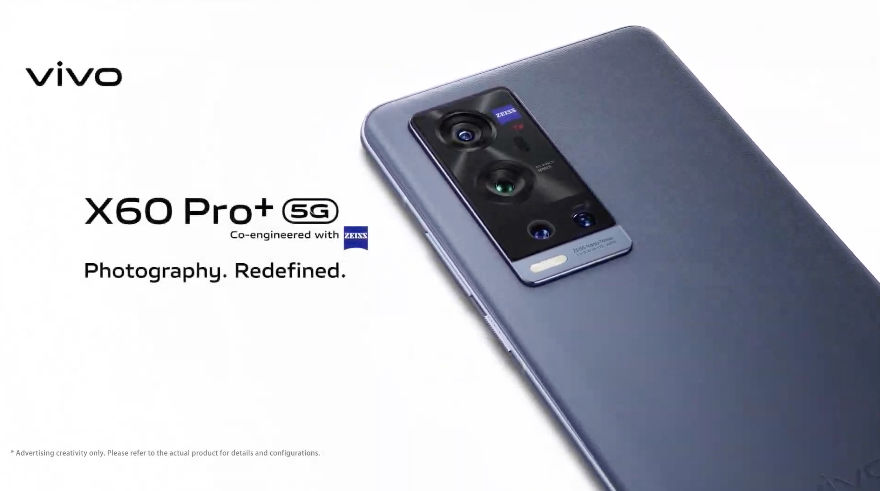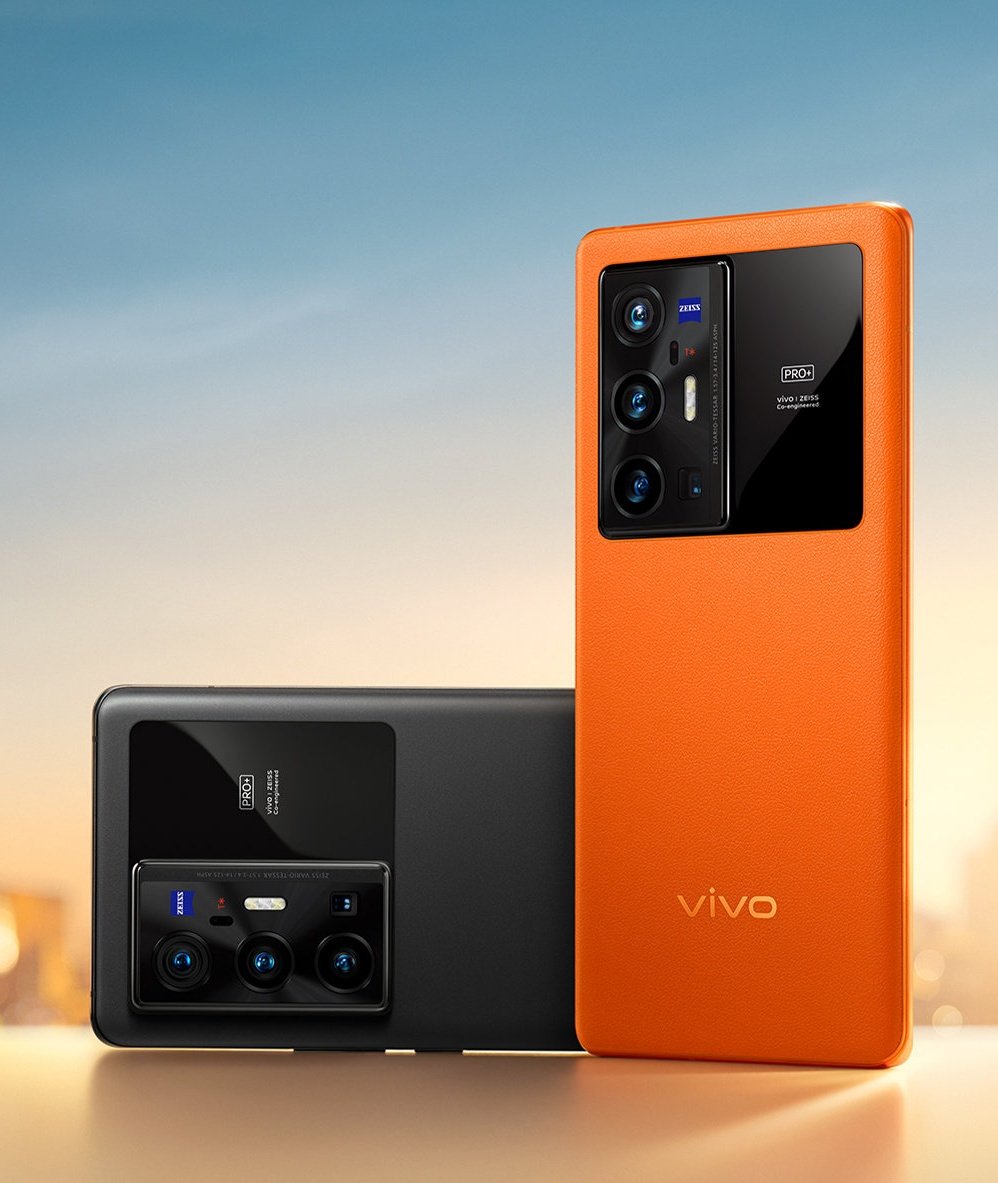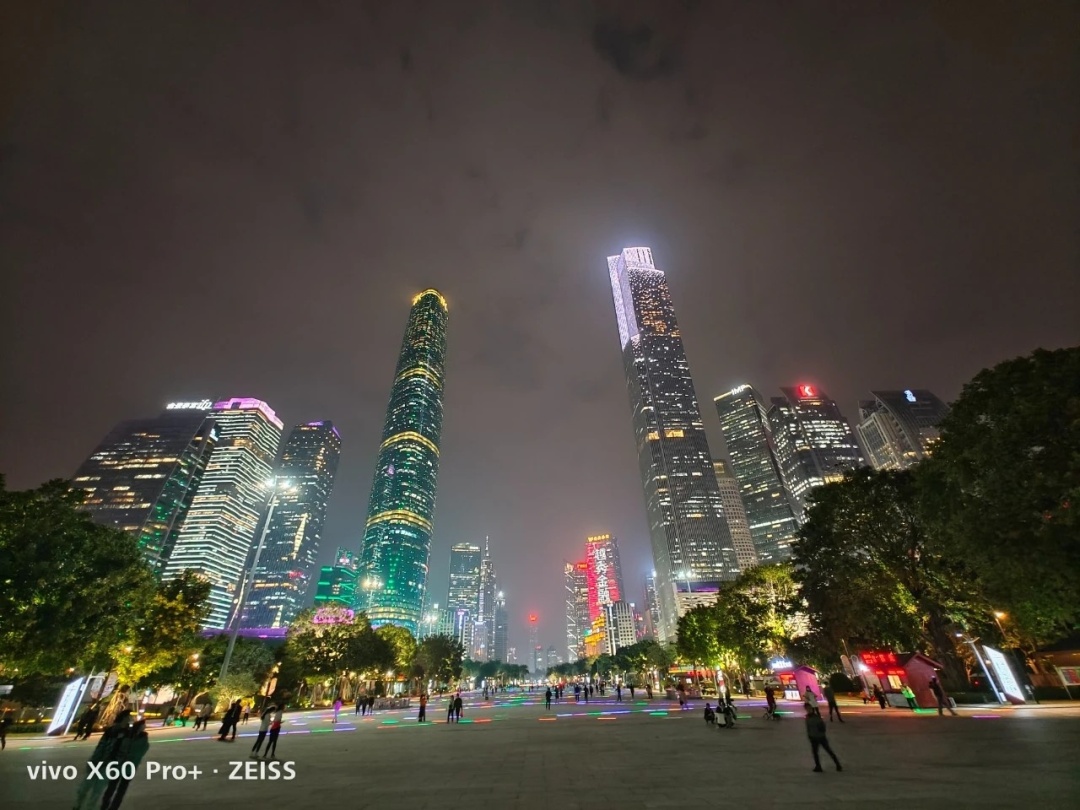Hey, guys! You perhaps not be that familiar with Vivo, but Vivo X60 series is a great deal not just because of Zeiss’s involvement, but also because it’s part of the brand’s big push into the global market. I’ve been taking a look at the top device in the family, the X60 Pro Plus, and it’s a seriously desirable smartphone.
Something about the design
Vivo X60 Pro Plus is with a 6.56-inch AMOLED screen on the front and is slightly more compact than the OnePlus 9 Pro and the Oppo Find X3 Pro. Vivo is one part of the BBK Electronics corporation, the same as Oppo and OnePlus, and each represents the current top phone from each company. All take on the same foes though, the Samsung Galaxy S21 Ultra, and the iPhone 12 series.
It lets people think of the Oppo Find X2 Pro, with a leather rear panel in a subdued blue color called Royal blue, and a great camera module. The 9.1mm thickness is offset by a low 191-gram weight, and overall the Vivo X60 Pro Plus is a very comfortable phone to hold. It’s not quite as wide as the Samsung Galaxy S21+, but the curved screen means it feels more manageable.

Ok..what about the screen?
In spite of the X60 Pro Plus being the top phone in Vivo’s new scope, the 6.56-inch AMOLED screen has an FHD+ resolution, not a QHD+ resolution. Also, unlike the Find X3 Pro and the OnePlus 9 Pro, the X60 Pro Plus has a central hole-punch selfie camera, but the in-display fingerprint sensor is once more set right at the bottom of the panel. It’s fast and accurate, yet can be embarrassed to locate in this position.
Given X60 Pro Plus’s position at the top of the X60 line, the QHD+ resolution would have fitted well with the rest of the high specification. The performance is good, but its competition has better screens.

The camera of X60 pro plus
X60 Pro Plus’s camera has more features than it’s possible to test in less than a week, especially with current local movement restrictions. The main camera is a 50-megapixel Samsung ISOCELL GN1 with optical image stabilization, which Vivo also used on the X50 Pro. It’s joined by a 48MP wide-angle camera is with a second-generation gimbal stabilization system, with several improvements over the version fitted to the X50 Pro. A 32MP portrait camera and 8MP periscope zoom camera with a 5x optical zoom close out the array.
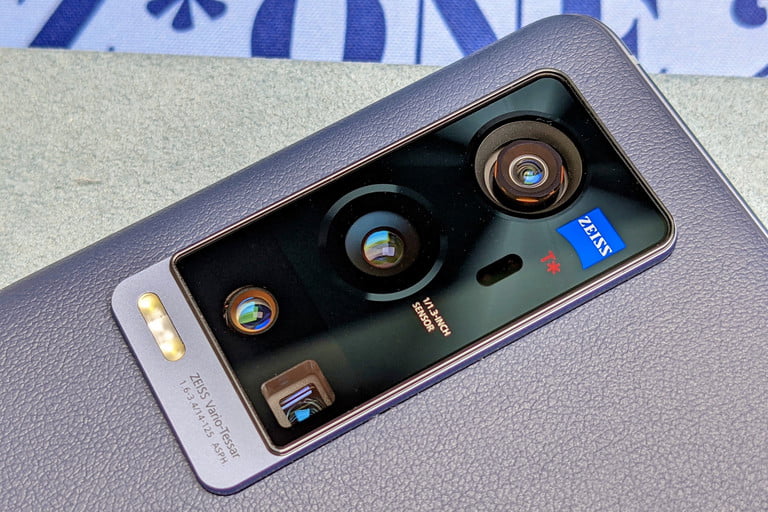
Zeiss has co-engineered the imaging system which according to Vivo means it has tuned the camera, optimized the images for sharpness and clarity, plus supplied its Zeiss T* coating for the lenses to reduce reflections, and added its Biotar portrait bokeh style to the options available.
All right, here comes the configuration of inside~
The Qualcomm Snapdragon 888 with 12GB of RAM and 256GB of storage space makes the X60 Pro Plus a powerful smartphone. There’s an unusual feature called Extended RAM, where the system will take up to 3GB of the storage space and use it as RAM when required, resulting in faster app opening, and multitasking.
The Android 11 has been installed with Vivo’s Funtouch 11.1 user interface, which is far less stylized than you may fear, but still annoyingly intrusive. After set up I agreed to various multi-page privacy notices when opening apps, trying to use the search, or accidentally activating a feature because of the phone’s poor screen edge recognition. No other phone forces me to do this so much. Vivo pre-installs a lot of apps, including Snapchat, Flipkart, Amazon, and its own app store.
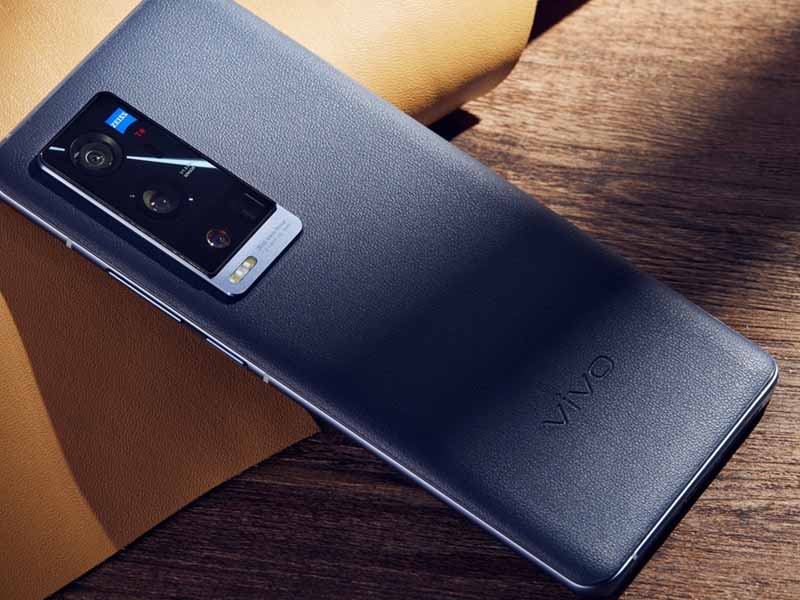
In summary
Vivo X60 Pro Plus has everything I’ve come to expect from a Vivo phone — an insanely feature-packed camera, and irritating software. The hardware itself is well made, but the design is smartphone-circa-2020 and doesn’t move anything forward.

